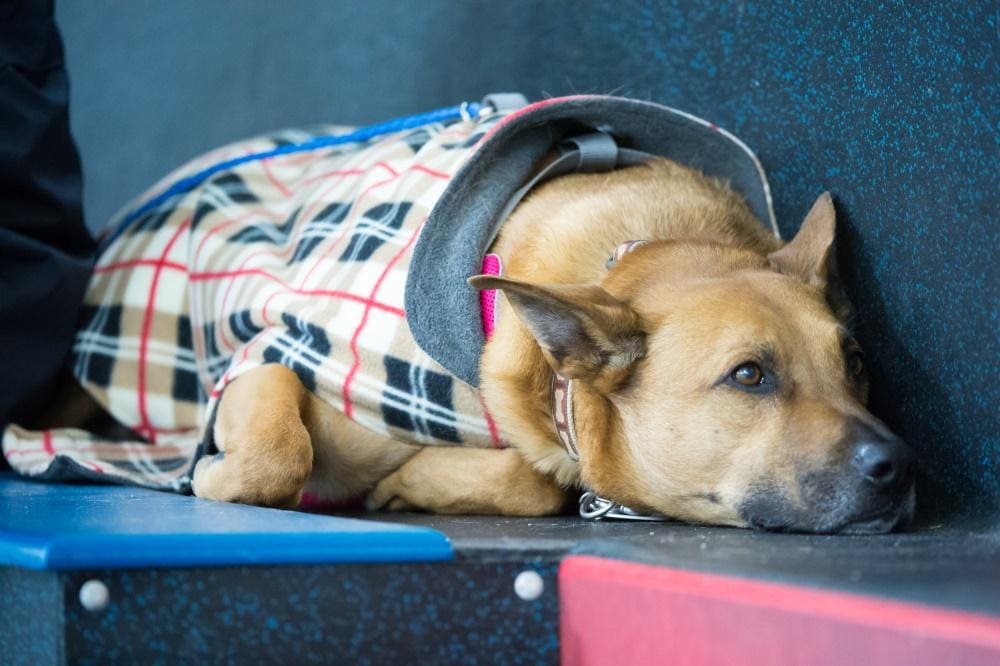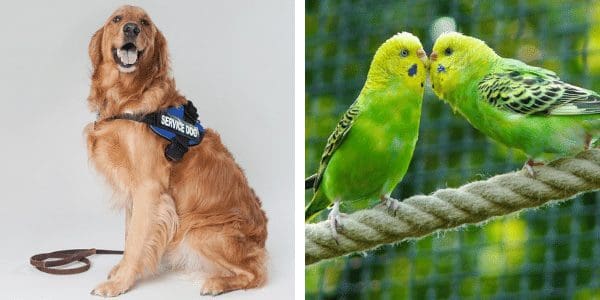 In 2018, U.S. airlines flew nearly a million animals in the airplane cabin. From an informal poll of the Covington staff, about half of the flights we’ve been on this summer had animals in the cabins. Over the last two years, American Airlines says they’ve seen a nearly 50 percent increase in emotional support animals and they carried three times as many emotional support animals than trained service animals. With this rising trend, the industry needed some clear-cut rules and fast.
In 2018, U.S. airlines flew nearly a million animals in the airplane cabin. From an informal poll of the Covington staff, about half of the flights we’ve been on this summer had animals in the cabins. Over the last two years, American Airlines says they’ve seen a nearly 50 percent increase in emotional support animals and they carried three times as many emotional support animals than trained service animals. With this rising trend, the industry needed some clear-cut rules and fast.
Last year disability advocates, as well as airline industry groups, raised concerns about the handling of animals to the Department of Transportation (DOT), which regulates the transportation of animals. First, DOT solicited comments from the public and now has finally clarified existing rules and given airlines a framework to tighten their individual policies for in-cabin animals.
Service versus Support Animals

A service animal is one that is trained to perform functions to assist a person with a disability. It isn’t a pet, it’s an assistant. An emotional support animal may provide comfort to a passenger but is not required to be formally trained. Airline fees for an in-cabin service or support animal range from $75 to $125 each way.
With the sharp increase in support animals traveling and no real documentation required, it appears that passengers who are not truly in need of animal assistance may be taking advantage of the rules to travel with their pet in the cabin with them.
When animals are not trained for the situation, they may put passengers and crew at risk. There have been situations of dogs biting and even mauling people. Association of Flight Attendants-CWA President Sara Nelson said in a statement. “Clear rules are necessary to ensure access to service animal assistance for people with disabilities and our veterans while maintaining the safety, health, and security of all passengers and crew onboard our planes.”
DOT Guidance on Emotional Support Animals in the Airplane Cabin
- While airlines cannot ban a particular species, such as peacocks or miniature horses, airlines are given some latitude to deny specific animals if they feel it is a threat. Currently American, Delta, and United allow cats and dogs; Delta and United allow household birds; United allows rabbits. Animals that are too large for the passenger cabin must fly in the pressurized baggage compartment.
- Airlines can require documentation regarding the animal’s vaccination, training or behavior. They can’t ban animals on long flights but can require documentation related to the animal’s bathroom habits for flights over eight hours.
- Airlines can ask a passenger questions about their need for the animal, but if medical documentation is provided, it must be accepted.
- In a change from previous rules, airlines cannot restrict passengers to only one emotional support animal or limit the total number of in-cabin animals on any flight.
- Advance notice is not required for those traveling with trained service animals in the airplane cabin.
- Airlines can require all animals in the cabin to be tethered.

The enforcement of these rules for emotional support animals protects other passengers and crew from potential harm or discomfort caused by animals not trained for the rigors of commercial airports and flying. So, if you need the emotional comfort of having your pet armadillo at your side and can demonstrate that it doesn’t carry leprosy (yes, that’s a real concern) and won’t spit at your seatmate (another armadillo trait), it can go along for the flight. Personally, I’d prefer to sit by the passenger who has an emotional support baby lamb. How do you feel about flying with animals in the airplane cabin?







Leave a Reply